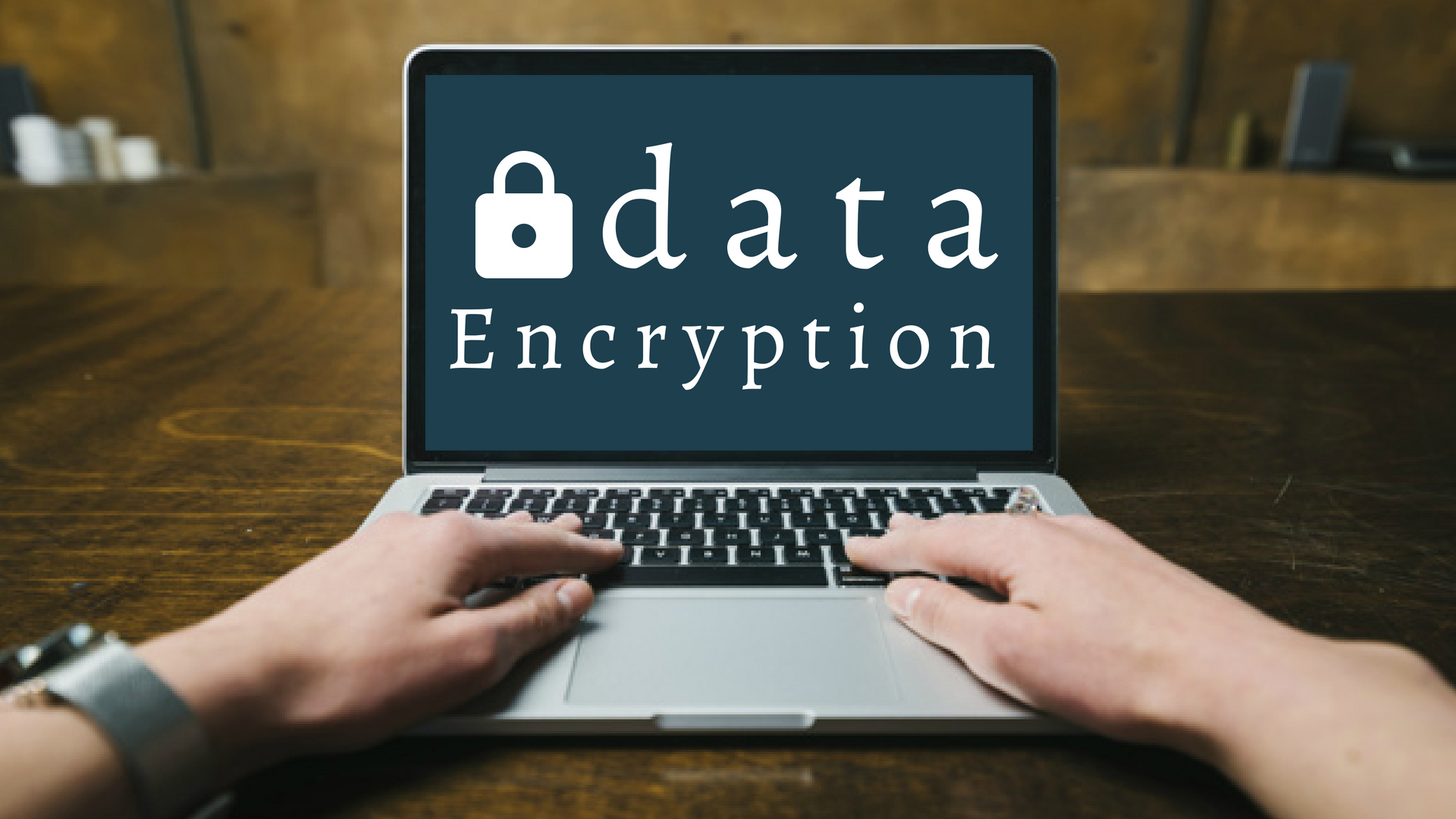
In today’s world, we’re constantly sharing information online – from personal emails to sensitive company data. And while the internet has made communication easier than ever, it’s also made us more vulnerable to hacking and data breaches. That’s why it’s important to encrypt your messages so that only the intended recipient can read them. There are many different methods of message encryption, and the best one for you will depend on your needs and the level of security you’re looking for. Here are 8 different methods of message encryption, along with their pros and cons:
Pretty Good Privacy (PGP):
PGP is a widely used method of message encryption that uses both public-key and symmetric-key cryptography. It’s considered to be very secure, and is often used by businesses and government organizations. However, it can be difficult to set up and use and is not well-suited for novice users privnote.
GNU Privacy Guard (GPG):
GPG is a free and open-source implementation of PGP. It has many of the same features as PGP but is easier to use and set up. However, it’s not as widely used as PGP, so you may have trouble finding recipients who can decrypt your messages.
S/MIME:
S/MIME is a standard for message encryption that is often used by businesses. It uses public-key cryptography and is fairly easy to set up and use. However, it is not as secure as PGP or GPG and does not support all email clients.

OpenPGP:
OpenPGP is a free and open-source implementation of PGP. It has many of the same features as PGP but is easier to use and set up. However, it’s not as widely used as PGP, so you may have trouble finding recipients who can decrypt your messages.
Email Encryption:
Email encryption is a method of message encryption that is designed to work with email clients. It uses public-key cryptography and is fairly easy to set up and use. However, it is not as secure as PGP or GPG and does not support all email clients.
File Encryption:
File encryption is a method of message encryption that is designed to work with email attachments. It uses public-key cryptography and is fairly easy to set up and use. However, it is not as secure as PGP or GPG and does not support all email clients.
Instant Messaging Encryption:
Instant messaging encryption is a method of message encryption that is designed to work with instant messaging applications. It uses public-key cryptography and is fairly easy to set up and use. However, it is not as secure as PGP or GPG and does not support all email clients.
Conclusion:
Message encryption is a vital tool for keeping your information safe online. There are many different methods of message encryption, and the best one for you will depend on your needs and the level of security you’re looking for.



































